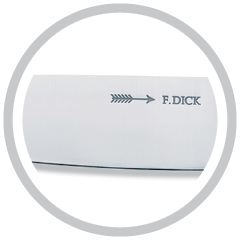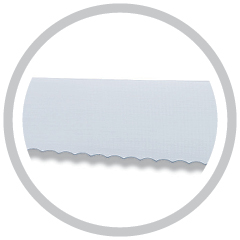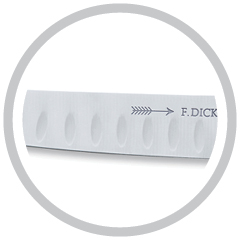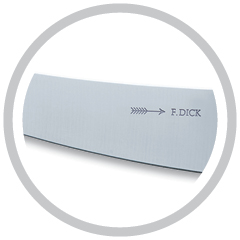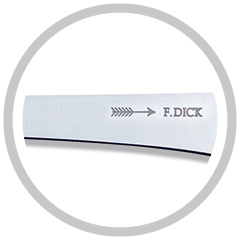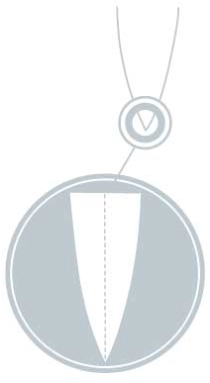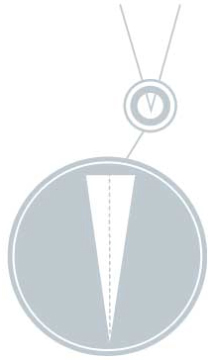
F.DICK knives are available in a wide variety of blade sizes and types to meet the specific cutting needs of both professional chefs and home cooks. Learn more about flexible and curved blades, and the unique differences between a smooth cutting edge versus a serrated cutting edge.

